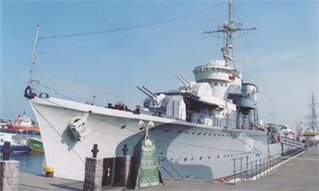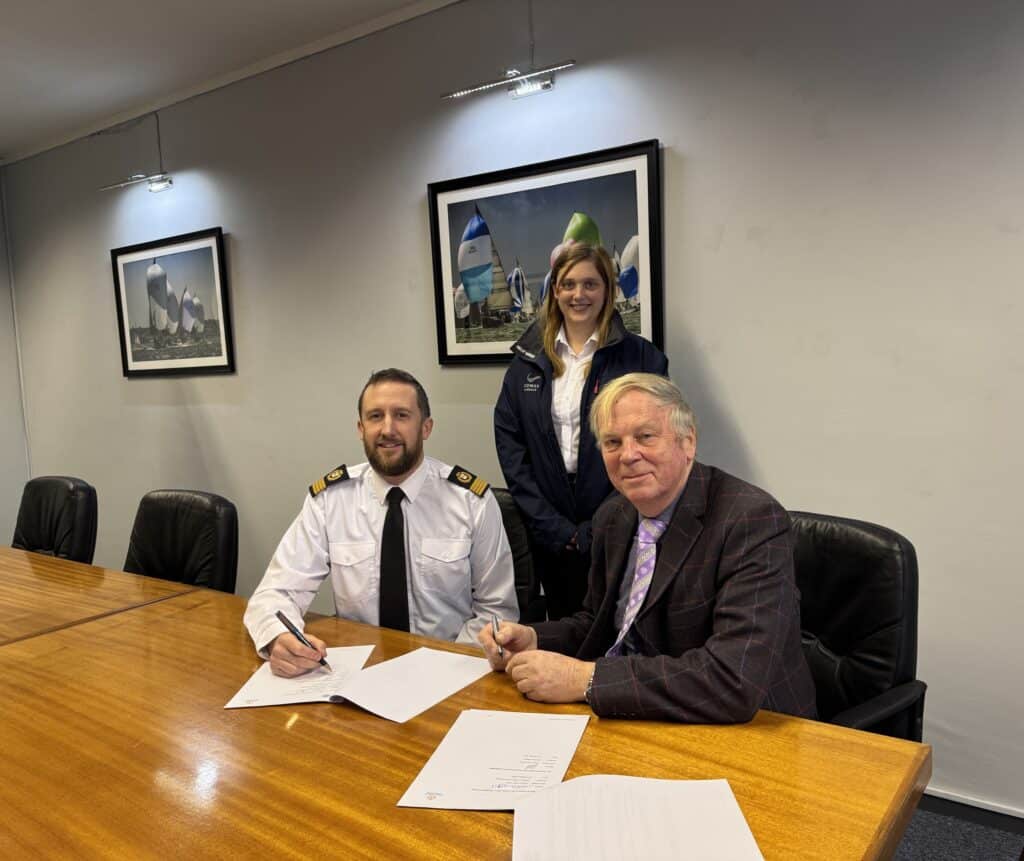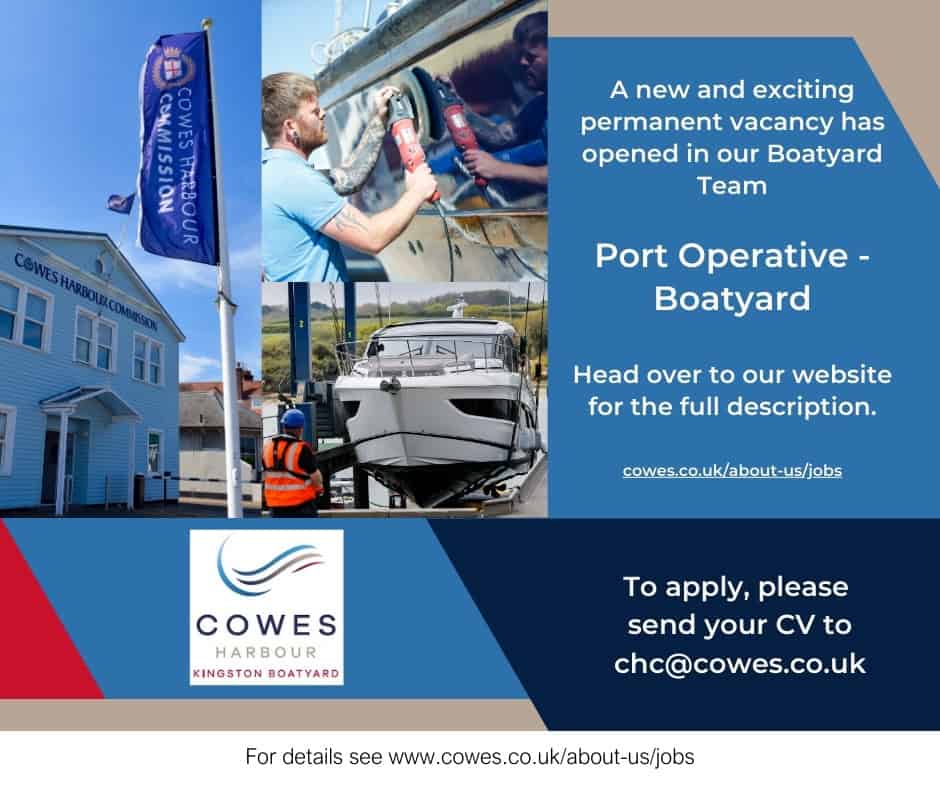
The 75th anniversary of the defence of Cowes and East Cowes by the Polish Destroyer ORP Blyskawica will be commemorated through a series of events from 4th to 7th May 2017. The full ‘Programme of Events’ and a link for booking concert tickets can be found on the Friends of the ORP Blyskawica Society website.
The Society’s aim is to pay due homage to the officers and crew of ORP Blyskawica who bravely defended the towns of Cowes and East Cowes during the Luftwaffe air raids over the night of 4th-5th May 1942, and to those 70 residents who tragically perished during this blitz.
You can read Anthony Churchill’s fascinating account of “The ORP Błyskawica and Cowes”, which is published in the ‘Programme of Events’ and also shown below.
The ORP Błyskawica and Cowes
In 1935 J. S. Whites’ of Cowes yard won, against stiff international competition, an order from the Polish Navy for a new class of destroyer, the ‘Grom’ Class. The ORP Grom and the ORP Blyskawica were built (in English they would be HMS Thunder and HMS Lightning). At an astonishing 41.5 knots, they were the fastest destroyers afloat. When war came in 1939, the ORP Blyskawica sank the first U-Boat, and later escorted the Queen Mary when she was a troop ship bringing US forces to Britain. In 1940, the ORP Grom was sunk during an attack off Norway. During the war, the ORP Blyskawica returned to Cowes for refit and in the spring of 1942 she was back, anchored with a gangway to the shore at West Cowes, just upstream from the chain ferry, facing north. Hitler had declared he would re-write the tourist maps of Britain and began attacks on so called ‘soft targets’, where homes as well as factories could be destroyed – Norwich and Exeter were already two victims of these ‘Baedeker’ raids. On 28th April 1942, six bombers made a hit-and-run sortie on Cowes and nearly sank the ORP Blyskawica – one bomb fell to seaward, and another bomb exploded in the mud between the ship and the shore, destroying the jetty, throwing the gangway over the ship, which carried away her mast. Photo-reconnaissance planes were seen. Certain that this was the precursor to a full attack, Capt Francki, the ship’s commanding officer, against Admiralty orders whilst the ship was in a decommissioned state and in port, ordered munitions from Portsmouth to repel a possible attack. The town’s defences were not strong. Capt Francki was determined to mount as much defence as she could. True to expectation on the night of the 4th May 1942 160 bombers (according to the Island’s history book) arrived off Cowes at 11pm. After lighting the sea and land with parachute flares, the enemy came in near sea level. Smoke screens tried to hide the towns. Ack-ack guns were few and struggled to aim low. Six Free French ‘Chasseurs’ (MTB sized convoy protectors) up river tried to help and fired their small calibre guns. The brunt of the defence lay with the Polish sailors. The planes came from the Solent and the ORP Blyskawica’s main armament drove the attackers up higher so reducing the accuracy of the raids. The ORP Blyskawica’s anti-aircraft guns fired without pause. Hands were scalded and gun barrels grew so hot that seawater was gathered in buckets to be thrown on the barrels to cool them down. A second wave of planes arrived at 3.45am the next morning; the guns still fired throughout the raids. By daylight damage to the town could be assessed. Over 70 people had died and all of Cowes and East Cowes firmly believe that except for the fierce resistance of the Polish sailors, the damage to lives, property and factories would have been far greater. The towns had been saved by these and other men from near destruction.
By Anthony Churchill.



